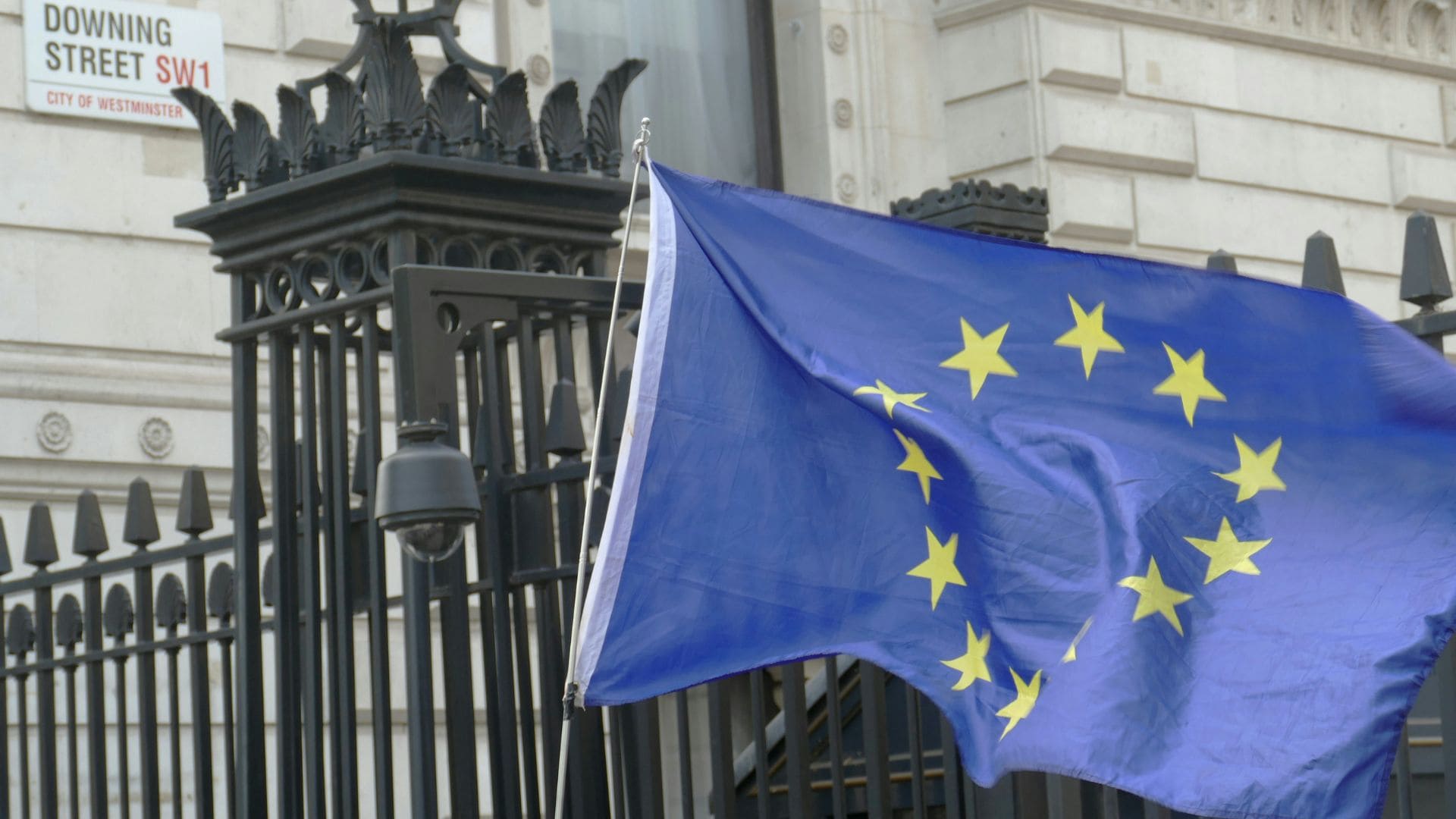Articles
Original Equipment Manufacturer “OEM” : Practical Considerations in China for retailers
March 2024
With China being known as the “factory of the world,” Original Equipment Manufacturing and the intellectual property impact are essential considerations for retailers to ensure this is navigated correctly.
OEMs are an essential part of the Chinese economy and the functioning of many retailers worldwide. The security of the supply chain is paramount and accordingly the issue of whether the manufacturer of branded products in China solely for export (OEM trade mark use) constitutes use for trade mark infringement.
There is a history surrounding OEM trade mark use and originally there was a great deal of inconsistency in the Chinese courts, for example, Pretul (2015) determined that OEM usage was not used in China and did not constitute trade mark infringement, therefore could not be used to prevent the export of branded OEM product from China to a third-party nation. The same was determined in Dongfeng (2017) where again OEM trade mark usage is not trade mark use in the Chinese market itself, and thus there is no infringement – so third parties cannot prevent the export of branded OEM products from China to third-party nations.
In 2019 the well-known Honda case signalled a change and the courts began following a more nuanced approach of looking at each case on its particular facts, as in that case, Honda argued that the previous practice acted as a license for counterfeiters.
The more recent case of Stahlwerk (2022) has built even further upon the Honda case and has arguably brought a more realistic and up-to-date view on the matter. Stahlwerk very much brought the principle of good faith into question more clearly with regard to the OEM infringement proceedings and used good faith as the basis of the judgement. In the case specifically, it was looked at what knowledge the plaintiff had, alongside previous dealings with the brand name. This assessment demonstrated the importance of a holistic approach and in particular, the focus on the principle of good faith is incredibly positive for retailers, particularly in circumstances where you can demonstrate prior knowledge and history with a trade mark holder of your mark. This does not yet apply any hard or fast rules to OEM cases but certainly suggests movement in a positive direction.
Turning to the practical elements of why this matters and considerations for retailers to bear in mind, the importance is ultimately down to the detrimental impact this can have if not handled with an adequate strategy. Theoretically, the worst-case scenario would be the seizure of your genuine exported goods, affecting both the brand owner and the supplier if pirated trade marks are recorded at customs. In terms of options if this situation were to arise, you may seek customers or judicial relief but in both situations ultimately causes delay. Otherwise, invalidation or cancellation actions against a pirated mark or suspension of customs actions action could be considered, but this could be too little too late and ultimately increases complexities. The logistics of a “get around” may include having the goods manufactured in other countries, and having labels and tags bearing the pirated trademark applied outside of China, but this increases logistics and is less desirable.
Further to this and with the hope of avoiding issues, there are important pre-emptive retailer considerations to bear in mind. IP lawyers tend to concentrate on the purely legal implications of the recent OEM cases, but there are practical considerations for retailers. Bearing in mind the principles laid down in the Honda and Stahlwerk cases, there are various actions that retailers can take to maximise their ability to enforce their trade mark rights in China and thus potentially stop the use of OEM manufacture to produce counterfeits for onward supply to third party countries and also avoid trade mark hijackers putting at risk their OEM supply chains.
The most critical point is to pay consideration to agreements and make them watertight. Things to bear in mind in preparing these are to ensure they are bilingual, include dispute resolution clauses as standard but from the OEM perspective, ensure there is a strict prohibition on sales in China, ownership of any moulds or tooling, and going even further to possibly include room for indemnification if there is an impact as a result of trade mark piracy issues.
It may sound obvious, but retailers should register their trade marks in China even if they are involved in purely OEM manufacturing, the Honda and Stahlwerk cases suggests that OEM usage can now support such registrations and defend them against non-use attack, to have enforceable rights in China. Further it is important that retailers register their trade marks in destination countries for products supplied from China. We appreciate that may be how long is a piece of string, but if third parties are potentially using China to ship infringing product to third party countries, register your brand there as well as your home markets. This also formed a key consideration of the recent cases of OEM usage in China, Good supply agreements are supplemented by good trade mark registrations!
Original Equipment Manufacturing is a recurring topic and appreciating the history sheds light on how the approach has progressed in China, and arguably in a more favourable and realistic way, but it is still critical for retailers to bear in mind the risks and seek to be proactive rather than reactive to these!






























